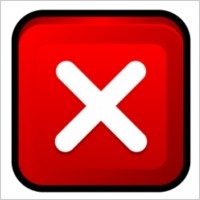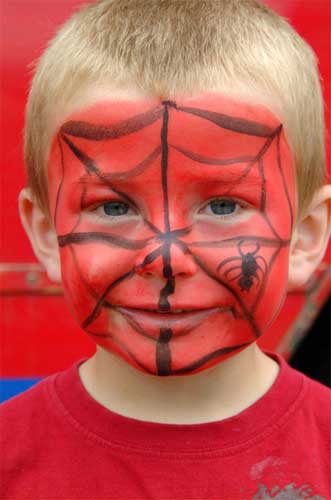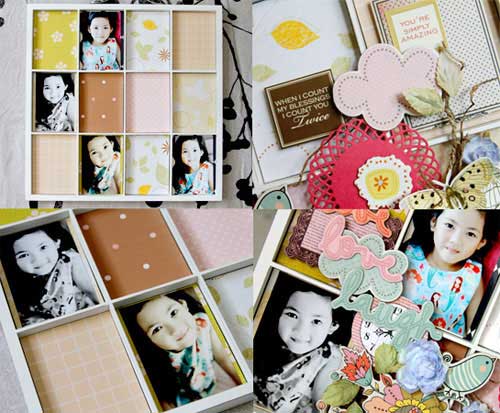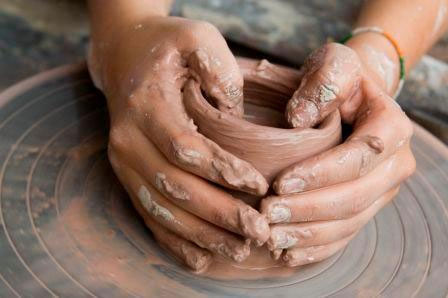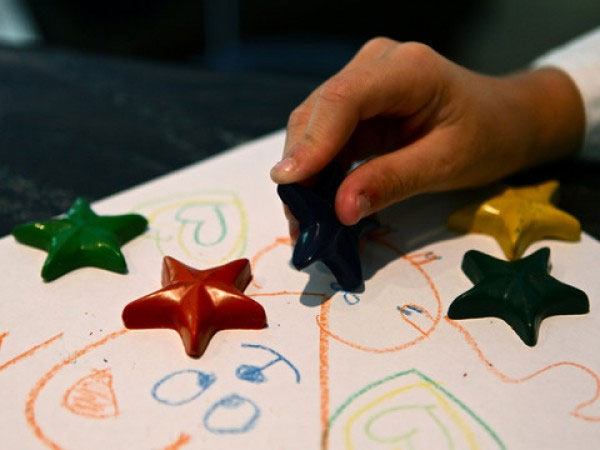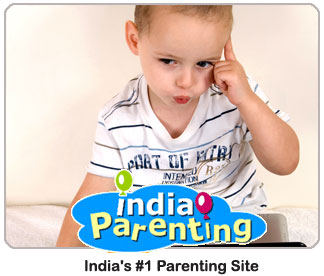Children love getting their faces painted. Here are the basic materials youwill require to get started. When you accompany your children to a birthday party, which is the most popular activity there? Chances are, it is the face painting section. Nowadays, childrens parties have a dedicated face painting artist, who is busy during the entire party. Children and even adults flock to him, each one asking for a particular design. Face painting is not just for parties though. It makes for a great pastime during a rainy afternoon, when your children are cooped up at home and are feeling bored. In this articleThe Right MaterialsFace PaintsBrushes and Sponges The Right Materials Face painting is mistakenly perceived as being an expensive activity. In fact, face painting supplies are relatively cheap as compared to the cost of tickets for a day at an amusement park. Here are some of the basic supplies you will need for this activity. Face Paints Face paints are specially manufactured paints solely for painting on skin. These are different from the paints you usually purchase for your childrens art projects. Face paints are subject to stringent testing and must comply with required safety regulations. These are similar to regulations regarding cosmetics. Face paints are usually water-based. They are available in a variety of colours. Paints may be plain or may have sparkles added for a shining effect. Face paint can even be made at home. A typical face paint recipe involves mixing two parts cornstarch, one part cold cream, and one part water. A few drops of food colouring are added to give the paint its desired colour. Homemade face paint is considered to be inferior to the paint bought from a store. However, if you want to try out face painting and are unsure about buying the paint or not, you could consider this option. Readymade face paints have another advantage. You can purchase them as single pots or as a set of colours. This will depend on your needs and your budget. In comparison, you will have to add different food colours to your homemade paint, which may not always be available. In addition, it does not always guarantee that the colour you finally end up with is the one you were trying for in the first place. Brushes and Sponges Brushes are used for applying the paints to your childrens face. As with the paints, they should be of a good quality. The bristles are usually soft, so that they do not irritate the delicate skin on the face. Choose brushes where the bristles are made of synthetic materials. These are easier to clean as they simply need to be washed with water. Brushes with bristles made of natural products like goat or horsehair are not an ideal choice. These brushes are coarser and tend to harden after they are washed. When you are starting out, you will need three or four brushes. A brush with small, finely pointed bristles is used for painting details of designs on the face. A brush with medium-sized bristles may be used for drawing the outlines. A larger brush allows you to fill the space within the outlines. Sponges are used to cover large areas of the face with a single base colour. They are also used to give the paint a smooth effect. A sponge makes it easier brushes,quality,sponges,to apply a single colour over a large area of the face. As with other materials, sponges for face painting are easily available. Sponges can be further customized to suit your needs. They can be cut into two or three pieces, with each piece being used for a different colour. In addition, the edges of cut sponges may be used to produce lines and distinct edges, if required. Sponges are extremely flexible and can be bent and twisted to produce a variety of design effects. If you are just starting out, consider investing in a face painting kit. These are ready made kits which contain all the supplies you will need for face painting. All thats left is for you to let your imagination run free and watch the results.
Children love getting their faces painted. Here are the basic materials youwill require to get started. When you accompany your children to a
birthday party, which is the most popular activity there? Chances are, it is the face painting section. Nowadays, children's parties have a dedicated face painting artist, who is busy during the entire party. Children and even adults flock to him, each one asking for a particular design. Face painting is not just for parties though. It makes for a great pastime during a rainy afternoon, when your children are cooped up at home and are feeling bored.
The Right Materials
Face painting is mistakenly perceived as being an expensive activity. In fact, face painting supplies are relatively cheap as compared to the cost of tickets for a day at an amusement park. Here are some of the basic supplies you will need for this activity.
Face Paints
Face paints are specially manufactured paints solely for painting on
skin. These are different from the paints you usually purchase for your children's art projects. Face paints are subject to stringent testing and must comply with required safety regulations. These are similar to regulations regarding cosmetics. Face paints are usually water-based. They are available in a variety of colours. Paints may be plain or may have sparkles added for a shining effect.
Face paint can even be made at home. A typical face paint recipe involves mixing two parts cornstarch, one part cold cream, and one part water. A few drops of food colouring are added to give the paint its desired colour. Homemade face paint is considered to be inferior to the paint bought from a store. However, if you want to try out face painting and are unsure about buying the paint or not, you could consider this option.
Readymade face paints have another advantage. You can purchase them as single pots or as a set of colours. This will depend on your needs and your budget. In comparison, you will have to add different food colours to your homemade paint, which may not always be available. In addition, it does not always guarantee that the colour you finally end up with is the one you were trying for in the first place.
Brushes and Sponges
Brushes are used for applying the
paints to your children's face. As with the paints, they should be of a good quality. The bristles are usually soft, so that they do not irritate the delicate skin on the face. Choose brushes where the bristles are made of synthetic materials. These are easier to clean as they simply need to be washed with water. Brushes with bristles made of natural products like goat or horsehair are not an ideal choice. These brushes are coarser and tend to harden after they are washed.
When you are starting out, you will need three or four brushes. A brush with small, finely pointed bristles is used for painting details of designs on the face. A brush with medium-sized bristles may be used for drawing the outlines. A larger brush allows you to fill the space within the outlines.
Sponges are used to cover large areas of the face with a single base colour. They are also used to give the paint a smooth effect. A sponge makes it easier brushes,quality,sponges,to apply a single colour over a large area of the face. As with other materials, sponges for face painting are easily available.
Sponges can be further customized to suit your needs. They can be cut into two or three pieces, with each piece being used for a different colour. In addition, the edges of cut sponges may be used to produce lines and distinct edges, if required. Sponges are extremely flexible and can be bent and twisted to produce a variety of design effects.
If you are just starting out, consider investing in a face painting kit. These are ready made kits which contain all the supplies you will need for face painting. All that's left is for you to let your imagination run free and watch the results.
